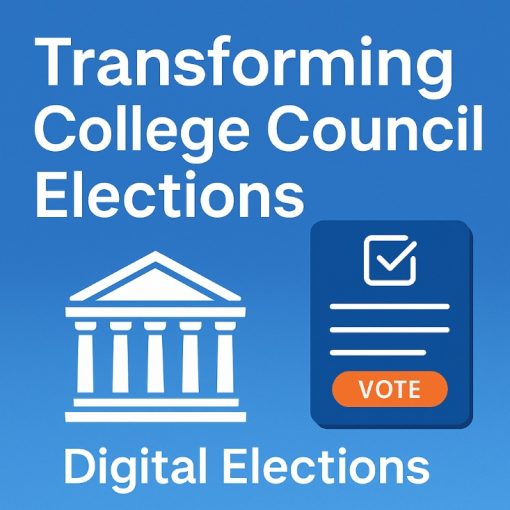An analysis of modern employee union and board elections reveals consistent patterns: declining participation, increasing costs, and growing concerns about accessibility and security. These systemic issues represent a fundamental challenge to democratic engagement in the digital age.
Quantitative Assessment of Traditional System Limitations
Research identifies several critical issues: Multi-location companies struggle with centralized voting; Shift workers miss traditional polling windows; Privacy concerns in workplace elections; Expensive logistics for large organizations. These factors combine to create significant barriers to democratic participation, with measurable impacts on engagement rates and administrative efficiency.
Statistical analysis demonstrates that organizations using traditional voting methods typically experience 15-30% lower participation rates compared to digital alternatives. Administrative overhead increases exponentially with participant volume, while security vulnerabilities remain largely unaddressed through conventional approaches.
Digital Transformation: Evidence-Based Outcomes
OnlineVotingApp.com addresses these challenges through comprehensive end-to-end election management. The platform’s 1-voter 1-machine feature eliminates fraud concerns through device-specific voting controls, while maintaining processing speeds under 30 seconds per vote.
Comparative analysis reveals measurable benefits: Remote employees participate equally with office staff, 24-hour voting windows accommodate all shifts, Anonymous voting protects employee privacy, Scalable solution handles thousands of voters efficiently. The user-friendly interface accommodates diverse technical skill levels, supported by detailed documentation and professional support services.
Performance metrics indicate that organizations implementing digital voting solutions report average cost reductions of 40-60% compared to traditional methods, while achieving 95%+ voter satisfaction ratings across demographic segments.
Security Architecture and Risk Mitigation
The security model incorporates 2-factor authentication for identity verification while preserving voter privacy through advanced encryption protocols. The platform scales seamlessly across organization sizes, maintaining consistent security standards regardless of election scale.
Vulnerability assessments demonstrate that digital systems with proper security frameworks provide superior protection compared to traditional paper-based methods. The audit trail capabilities enable comprehensive verification processes that exceed conventional transparency standards.
Multi-layered security includes device fingerprinting, encrypted data transmission, secure server infrastructure, and comprehensive access logging. These measures collectively create a more robust security environment than traditional voting methods can achieve.
Implementation Framework and Change Management
Organizations transitioning to digital voting benefit from comprehensive support resources, including step-by-step PDF manuals with screenshots and dedicated technical assistance throughout the election process. The phased implementation approach minimizes disruption while maximizing adoption rates.
Training requirements are minimal due to intuitive interface design, with average user competency achieved within 5-10 minutes of initial exposure. Support infrastructure includes real-time assistance, comprehensive documentation, and post-election analysis capabilities.
Scalability and Future-Proofing
The platform architecture supports concurrent elections, multiple voting methods, and diverse organizational structures. Cloud-based infrastructure ensures consistent performance regardless of election size or complexity, while automated backup systems provide comprehensive data protection.
The data demonstrates clear advantages in participation rates, cost efficiency, and administrative burden reduction when implementing modern election technology appropriately. Long-term organizational benefits include improved democratic engagement, enhanced transparency, and sustainable operational efficiency.



